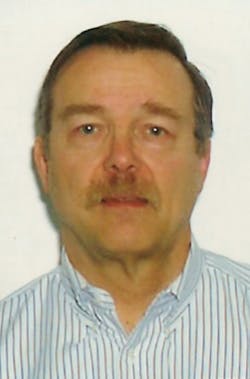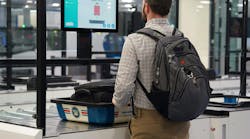First, let us remind ourselves that according to the nonpartisan, nonprofit Partnership for Public Service annual survey of the 319 best/worst places to work in government, the Department of Homeland Security consistently anchors 19th place of the 19 largest agencies.; its sub-agencies – TSA, CBP and ICE hold down slots No. 313, 314, and 318 respectively out of 319. To add to the discomfiture, recent congressional testimony claimed widespread managerial bullying and discrimination; that morale was near rock bottom among TSA security workers being punished for complaining and for pointing out problems.
“Many airports are complaining that TSA is getting worse, not better,” said Oversight Committee Chairman Jason Chaffetz (R-Utah), noting that 103 of the TSA’s 48,000 airport screeners quit each week, an annualized rate of 11.3 percent. “They really don’t like working there,” Chaffetz said. “That’s a management problem,” suggesting there are another 103 or more already in each week’s queue for the coming summer crunch.
“The refusal to address or to hold senior leaders accountable is paralyzing this agency,” according to one program manager in the TSA’s Office of the Chief Risk Officer, who testified that TSA employees are less likely to report operational security or threat- relevant issues out of fear of retaliation from supervisors who fear further retaliation from their chain of command. “No one who reports issues is safe at TSA.”
All this is by way of background in examining that reputation, and the need for more professionalism as traffic is expected to grow by at least 7-8 percent over the coming summer travel period. The administrator has, to his credit, pledged to provide more staff training to overcome last year’s 95 percent red team failure rate. The obvious flaw is that with such high turnover he can barely plug the outflow of current knowledgeable staff with newbies who have virtually zero hands-on practical experience or threat history and are coming into the above-noted low-morale/don’t-tell environment.
TSA even abandoned “managed inclusion,” as a bad idea for diverting random passenger to Pre-check. So what’s their nonsense proposal for screening more passengers with less staff? Let’s just not screen people at some small airports - we can move those screeners to the big airports and screen people after they arrive at their destination--which, as one congressional questioner astutely noted, assumes they make it that far and which I note would require a new operational infrastructure at every receiving airport for screening the flow of people and bags in the opposite direction. As it happens, there appears to be some last-minute congressional movement afoot to provide additional emergency funding for more screeners, but the very notion that this entire reverse screening discussion made sense to somebody at TSA is strange.
When words fail me, I turn to that great American philosopher, Charlie Brown who said, “Sometimes I lie awake at night and ask, “Where have we gone wrong?” Then, a voice from above says to me, “This is going to take more than one night...”
As for me, my pessimism extends to questioning the sincerity of all the other pessimists.
Art Kosatka is CEO of TranSecure, an aviation consultancy in Virginia. He'll respond to questions or comments at [email protected].



